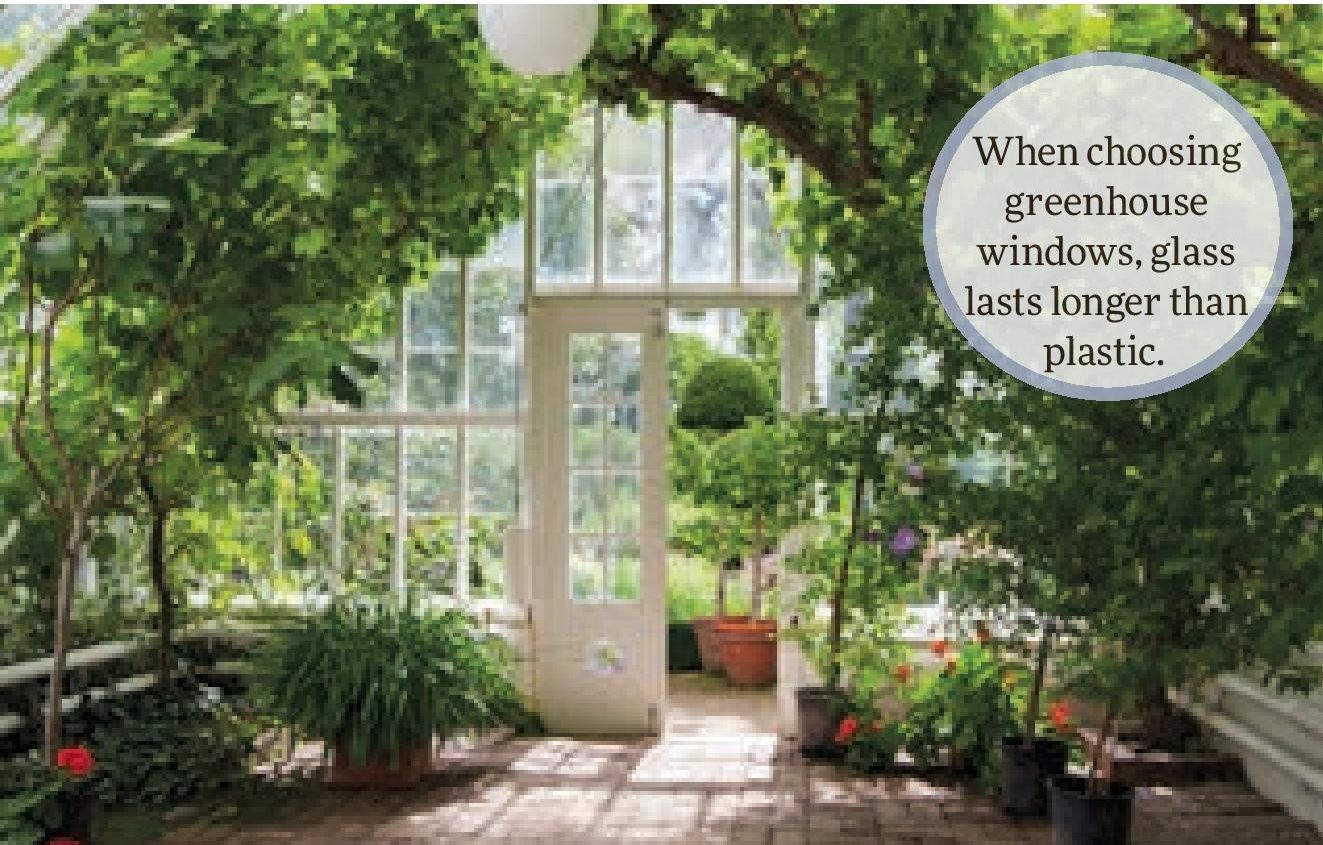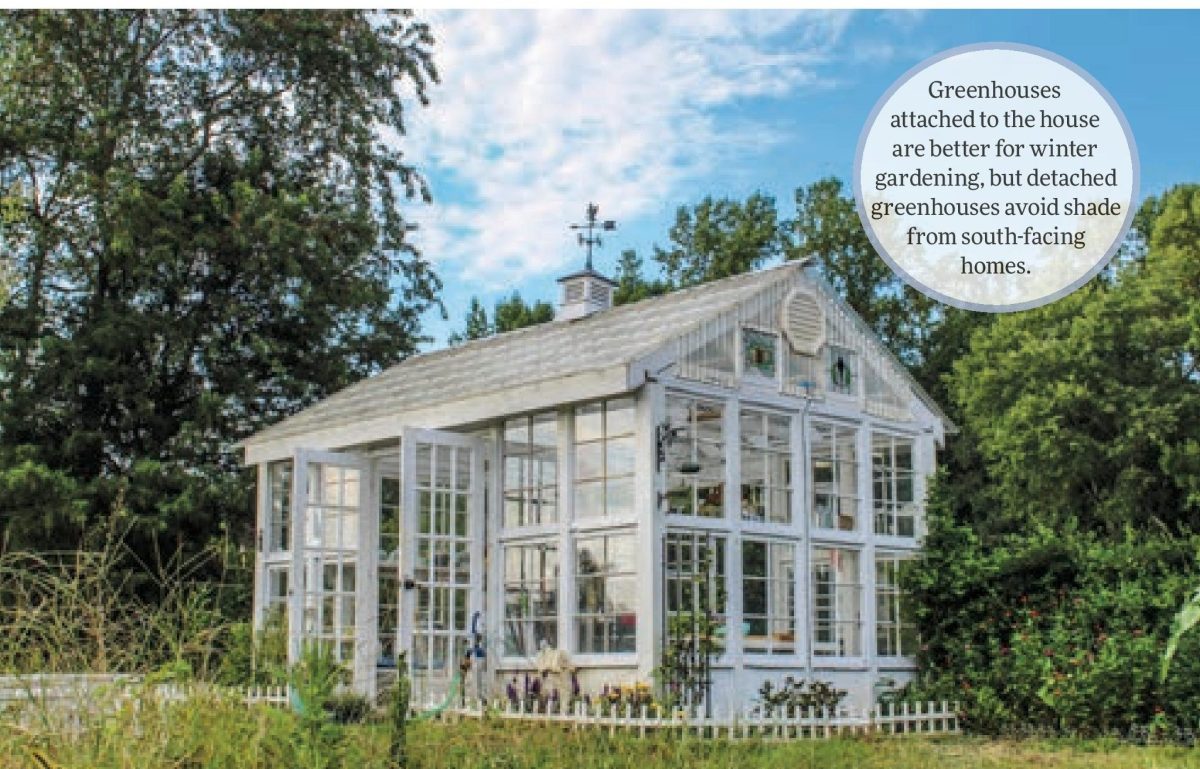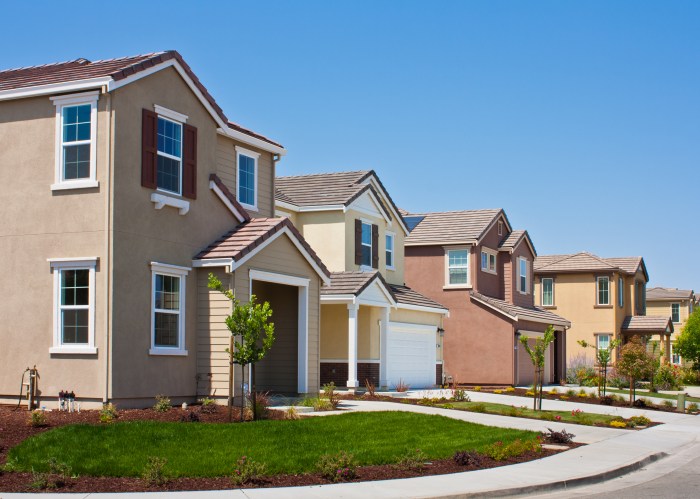If you’re an avid gardener, you’ll want to get a jumpstart on planting for the spring and summer seasons. And there’s no better way to start than with your very own greenhouse.
The first step in designing a greenhouse is figuring out where to put it, notes Andrew M. Simko, owner of Garden Under Glass, a Dix Hills-based company that builds the foundation, assembles, and glazes greenhouses.
LOCATION, LOCATION, LOCATION
You’ll have to assess which part of your yard gets the most sunlight. Typically, it’s either a southern, eastern or western exposure, but it often depends on how much shade there is due to tree cover.
“You don’t want to put it on the north side of the house because you do most of your growing in the winter time and with the sun low in the sky, the house would shade it for the whole day, so you would not really get any sunshine into it,” explains Simko.
Since most gardeners work in greenhouses in the winter, the structures are typically attached to the house, so you don’t have to go outside to work in them.
“So you’d like a door to go right from the house into your greenhouse, if it’s possible,” says Simko.
But if your house faces south and the back faces north, you might need to place a detached greenhouse in the backyard, so the house wouldn’t shade it.
MATERIALS/SHAPES/SIZES
Glass is the least expensive glazing material and costs less than plastic, which doesn’t hold up over time.
“The sun deteriorates plastic rather rapidly,” notes Simko.
Greenhouses come in various shapes, from lean-to, which looks like a shed roof that slopes down to a vertical wall, or gable, which attaches to the house at one end, or curved eave or straight eave, both of which look similar to a house.
A greenhouse can run anywhere from 4 feet wide by 6 feet long to 25 feet wide by 75 feet long, and anywhere in between, says Simko.
“It depends on how much space you have, how big your budget is, and what you’re going to grow,” says Simko. “That determines the size.”

BUILDING A GREENHOUSE
The greenhouse is built on a concrete foundation that’s dug about 30 to 36 inches below grade.
“That’s to get under the frost line, so when the ground freezes it doesn’t push the foundation up and break the glass,” Simko explains.
You place the structure on a concrete block about 8 inches above ground so that you can open the door without worrying about shoveling snow.
Above the concrete, the floor consists of 4 inches of gravel and, between the benches, flagstone walking paths. The gravel floor prevents fallen seeds from germinating into weeds and plants.
Garden Under Glass will also supply custom-sized benches, windows, and ridge vents that can be automated with a motor and thermostat. In addition, the distributor will install suspended misting nozzle water systems controlled by a time clock, thermostatically controlled gas, propane or electric heating systems, and shades that can be used during the warmer months
ALMOST MAINTENANCE FREE
The greenhouse, which is made from aluminum and glass, requires no maintenance, says Simko.
“Maybe once a year, if you want to get a pressure washer and wash the outside of the glass a little bit, that’s about it,” he explains. “It’s really maintenance free.”
Sign up for Long Island Press’ email newsletters here. Sign up for home delivery of Long Island Press here.


































